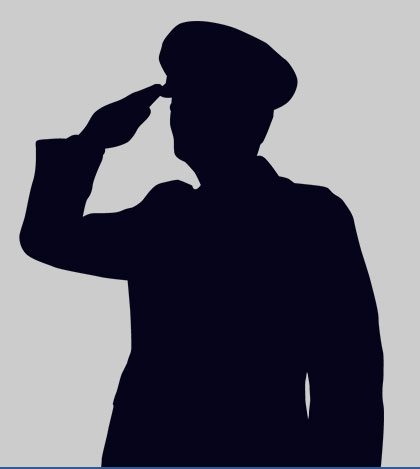William James Bordelon joined the US Marine Corps in December 1941, a few days after Pearl Harbor. Bordelon completed his basic training at the Marine Corps Recruit Depot in San Diego, California, where he was assigned to Company D of the 2nd Engineer Battalion, 2nd Marine Division. He quickly rose through the ranks, becoming Private First Class in February 1942, Corporal a month later, and finally Sergeant in July 1942. In October 1942, Bordelon headed out to the Pacific with the 3rd Battalion, 6th Marines, but did not immediately see combat. They stopped at New Zealand first, and did not leave until late December on the USS President Hayes. From New Zealand, Bordelon and the 2nd Marine Division went to Guadalcanal to assist with the fighting there. They stayed until mid-February 1943 before returning to New Zealand on the USS Adams. Bordelon and his division spent the next few months preparing for the next campaign, during which time he was promoted to Staff Sergeant (S/Sgt.). Bordelon was also transferred to Company A of the 1st Battalion, 18th Marines, in the assault engineer platoon. They left New Zealand on November 1, 1943, on the USS Zeilin, which took them to the Tarawa Atoll after a stop at Efate, New Hebrides, right in time for the beginning of the invasion on November 20th.
Bordelon was one of four men who survived the landing of their craft on Betio Island, Tarawa Atoll. Due to the consistent Japanese fire coming from several pillboxes (bunkers) on the beach, Bordelon moved quickly to reach the four-foot seawall, the only cover for the troops landing. Bordelon did not simply cower behind the wall, though, and gathered what equipment he could to make several demolition charges. S/Sgt. Bordelon used a couple of charges to destroy two pillboxes on the beach. As he was getting to a third, Bordelon was hit by machine gun just after he had thrown one of his charges. These wounds did not slow Bordelon down, though he let his companions bandage his wounds as best they could. Noticing men still hunkered down behind the seawall due to a fourth machine gun nest, Bordelon took his last demolition charges and destroyed it, though he was hit in the shoulder in the process. A quick tourniquet allowed S/Sgt. Bordelon to pick up a rifle to provide cover for a group of US soldiers scaling the wall. Once the Marines had safely made it over, Bordelon went to help one of his demolition men who had been wounded while trying to assist other Marines who had not made it to land. Bordelon rescued two men from the surf who had been wounded before turning his focus on a fifth gun. Using either a rifle grenade (grenade launched by a rifle) or another demolition charge, Bordelon destroyed the gun before dying from the final burst of enemy fire. S/Sgt. Bordelon's determination and perseverance through his injuries earned him the Medal of Honor.
Bordelon was also awarded the Purple Heart, the Navy Presidential Unit Citation, the Asiatic-Pacific Campaign Medal and the WWII Victory Medal for his actions during WWII.
As the first US Marine from Texas to be awarded the Medal of Honor, Bordelon was honored with “Bordelon Memorial Day” in Texas, celebrated on June 17th, the same day that President Franklin D. Roosevelt presented the Medal of Honor to Bordelon's mother. A destroyer was named after S/Sgt Bordelon in 1945, and the Navy-Marine Corps Center in San Antonio is also named in honor of him. Although S/Sgt Bordelon was originally interred on Betio Island, he is now buried at a cemetery in San Antonio.
Sources Consulted:
Army Website, Medal of Honor Recipients, WWII








